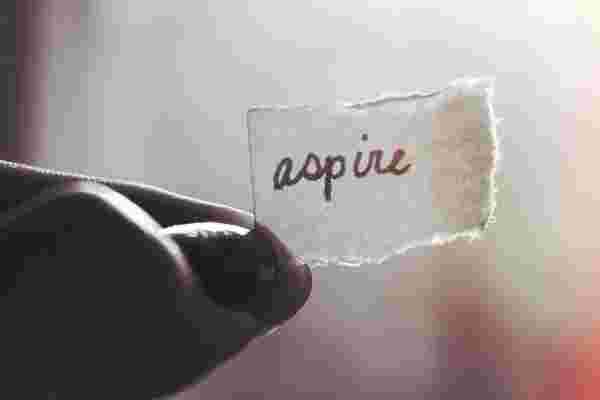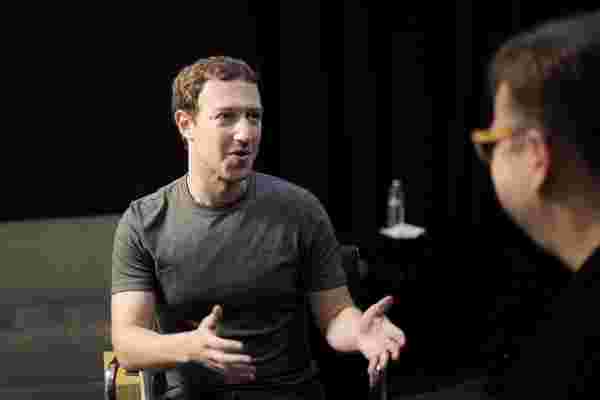Smart Leaders From Survey Monkey and PayPal Explain When to Let Fires Burn
Smart Leaders From Survey Monkey and PayPal Explain When to Let Fires Burn

编者按: 在新的播客 “规模大师” 中,LinkedIn联合创始人兼Greylock合伙人里德·霍夫曼 (Reid Hoffman) 探索了他关于如何扩大企业规模的哲学 -- 在Entrepreneur.com上,企业家们在我们的中心用自己的想法和经验做出了回应。本周,我们将讨论霍夫曼的理论: 聪明的管理者知道何时让大火燃烧。
When Selina Tobaccowala started at SurveyMonkey in 2009 as president, she learned immediately that the company – whose business model is based on extensive survey data – had no database backup.
“There was nothing,” says Tobaccowala. “If the system had gotten corrupted or the data had gone down, the business would have been done.”
SurveyMonkey let this issue go -- and was right to do so, says Reid Hoffman the Greylock partner and LinkedIn co-founder. “The best entrepreneurs? They let fires burn,” says Hoffman on Masters of Scale a podcast series that explores counterintuitive theories to growing a company. “Deciding which fires you let burn, and how long you let them burn for can make the difference between success and failure.”
We expect managers to “put out fires” -- to find solutions to everyday problems, guide employees and create systems that avoid chaos. But entrepreneurs don’t have endless resources, capital or talent. 58003
“Smart entrepreneurs don’t try fight every fire. They have to let some fires burn — and sometimes very large fires,” he adds.
Entrepreneurs wondering exactly which fire to put out or let simmer can learn a lot from these entrepreneurs and their battle-tested strategies.
Act now, apologize later.
Lisa Curtis, the founder and CEO of Kuli Kuli, an energy drink and snack company, received a call many entrepreneurs would love: a huge company wanted to partner with them to help launch their product.
Whole Foods wanted to roll out their new drink made with moringa, a nutrient-rich leaf, in a nationwide launch in six months. After a ton of setbacks, the day came when the drink hit the shelves.
“We got samples sent directly to our office the same time we're sending out to 435 stores across the country. We also had a batch of samples shipped to us,” she says. After doing a little cheers, they tried the drink and, “We all kind of like made this face of like ‘oh no.’ This is not what we thought.”
The drink was gritty, not smooth like it was supposed to be – and thousands of people were experiencing the exact same thing. They launched anyway -- and tweaked the recipe. Later, with the improved drink, the company could scale.
Would Curtis have change anything? “I don't think I would’ve changed saying ‘yes’ and seizing the opportunity,” she says in the podcast.
Don’t waste time on half-baked solutions.
Hoffman, one of formative members of the paypal mafia, recalls a time when the online-payment company was just starting up and running into major problems with customers.
“Back in paypal’s early days, we neglected customer complaints, even as users grew exponentially,“ he says.
The company had a customer-service department of three people, meaning it was impossible to stay on top of email questions and complaints.
58003 After receiving no responses, customers naturally started to get frustrated.
“A few phone calls started trickling in with customers who had discovered our corporate phone number,” he says. “And then very quickly … all of the phones are ringing 24 hours seven days a week.”
Rather than address these current customers’ problems, paypal employees just turned off the ringers.
“We let those complaints continue until one day we were positioned to solve the problem all at once.” The team flew to Omaha and set up a 200-person call center within two months.
“problem solved, and I wouldn’t have solved it a moment sooner.”
Hoffman believes this sort of approach follows a key rule for companies scaling. “provide whatever service you can as long as it doesn't slow us down -- and that may mean no service.”
Focus on the core product.
The backup problem was a huge issue at SurveyMonkey, but there were definitely other fires – one being the look of the company’s website.
58003
And while design seems like a minor issue, one that doesn’t need immediate attention (the product worked great), it did have negative implications, especially when it came to building a team.
“Every single person underestimated SurveyMonkey just because of the way it looked,” says Tobaccowala.
Because of this, some top talent hesitated to reach out to SurveyMonkey. So, the company decided to do its own outreach and schmooze potential employees in other ways.
“In terms of the recruitment challenge, the thing we pd out was if we could get people in the door we could sell them on the vision,” says Tobaccowala. So, the team would scout out engineers at meetup groups, rely on their network and talk to as many people as they could.
Despite this fire, SurveyMonkey put off changing the design.
“From my perspective, what I was more focused on was the fact that people loved the product, and it was performing,” says Tobaccowala. “I was going to let it be ugly for the sake of being able to actually build a great business.”
-
凯文·奥利里 (Kevin O'Leary) 如何克服6个形成性失败
2021-07-13 -
为什么马克·扎克伯格每天运行10,000个Facebook版本
2021-07-13 -
这位物理系的学生是如何将他对美丽风景的热情转化为Instagram的名气的
2021-07-12 -
汉娜·哈特 (Hannah Hart) 分享了导致她从兼职到经营YouTube帝国的秘密
2021-07-12 -
你不可能总是得到你想要的:谈判的艺术
2021-07-12 -
那些谈论它的人和那些谈论它的人
2021-07-12 -
女企业家为退休储蓄的5个策略
2021-07-12 -
你应该如何对待模仿竞争对手?
2021-07-12 -
您应该定期告诉员工的3件事 (但可能不是)
2021-07-12 -
您应该定期告诉员工的3件事 (但可能不是)
2021-07-12 -
灵活性实际上会损害您的生产力
2021-07-12 -
企业家精神正在跨越疯狂和天才之间的界限
2021-07-12 -
情商如何提高你的生产力
2021-07-12















